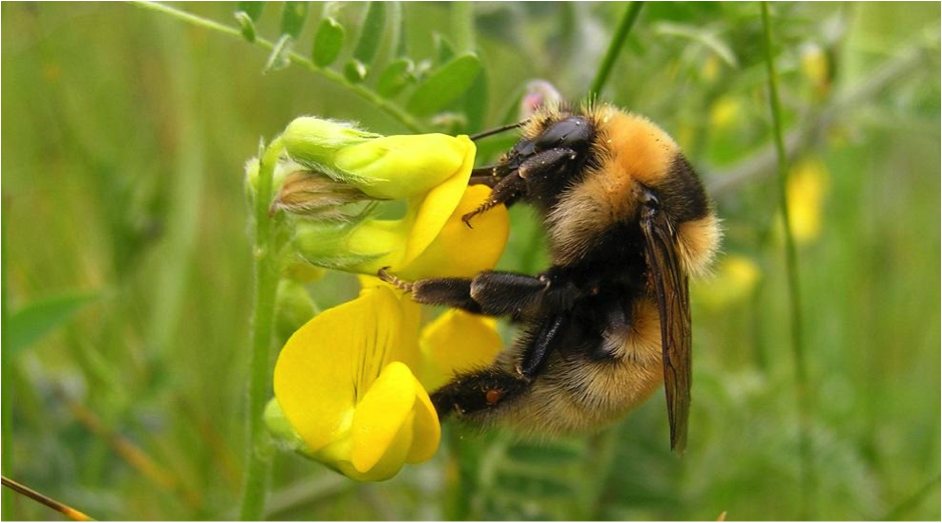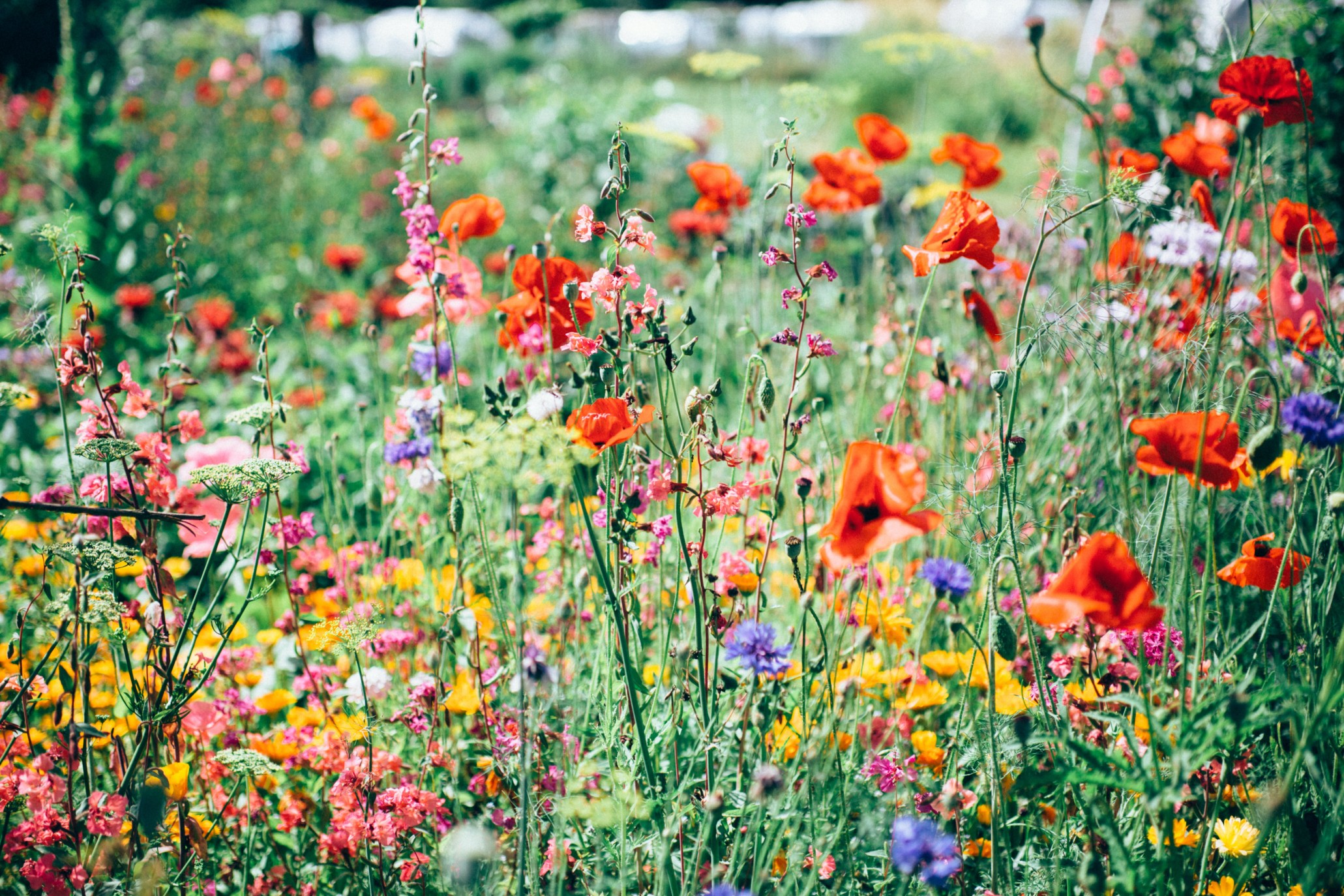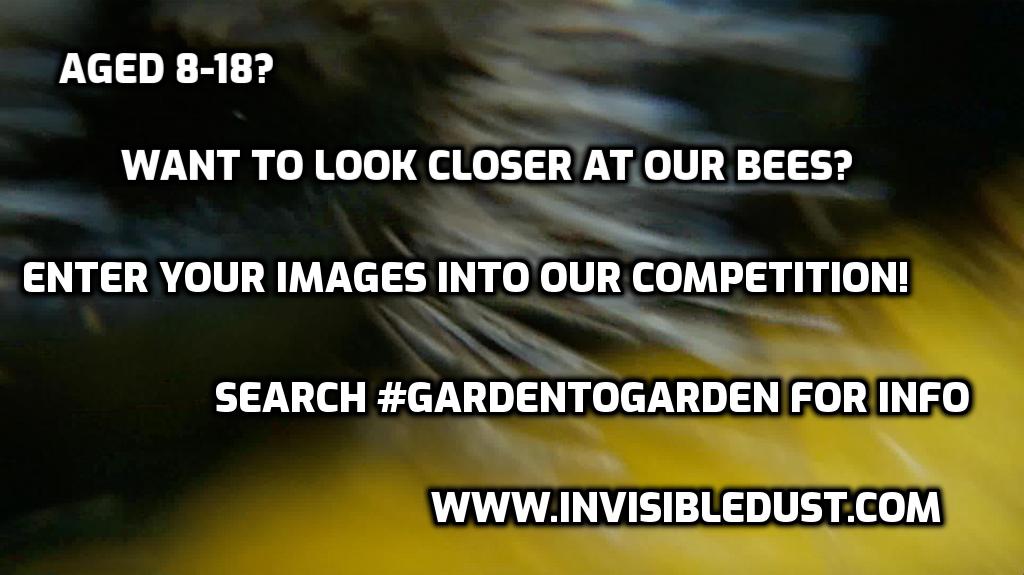Garden to Garden‘s collaborating scientist Melissa Minter from the Leverhulme Centre for Anthropocene Biodiversity at the University of York explores how genetic diversity is vital to enable resilience and the ability to adapt to environmental changes amongst bee and butterfly populations
______________________________________________________________________________
I’m sure you have heard about species moving around in the UK, butterflies moving north or declines in bee species. But what has caused this? We are currently in the age of the Anthropocene, an era which began when humans started to have a significant impact on the Earth and ecosystems. Two of the ways in which humans have impacted the distribution of species the most is through habitat change and climate change. These processes can cause the decline of pollinator species, which can also cause the loss of genetic diversity. Genetic diversity is important for the health of the species, helps them to be more resilient to disease, and allows them to adapt to future environmental changes.
How has habitat change caused changes in the distribution of bees?

Photo Credit BBCT/ Nick Owens
Over the last 100 years, humans have had a huge impact on land use in the UK, with more land being used for agriculture, housing and roads a great deal of important habitat has been lost. If species have specific habitat which they rely on, then they either move to find more suitable habitat, or become locally extinct. Over the last century, we have lost a huge amount of flower-rich habitat causing declines in our bees, two of our bumblebee species have become extinct, and many have faced declines and changes in their distribution.
Decline in the great yellow bumblebee
100 years ago, the great yellow bumblebee could be found across the UK, including areas in the North Yorkshire Moors, not far from Scarborough. However due to the loss of flower-rich meadows, this species has declined by 80% and is now restricted to the north Highlands of Scotland and the Islands of Scotland (BBCT). Genetic diversity can be lost in species when populations decline, and the resulting populations of the great yellow bumblebee have low genetic diversity – therefore they may be less able to form adaptations and less resilient under future environmental changes.
How climate change has impacted the distribution of butterflies?
Anthropogenic climate change has caused an increase in warmer temperatures, and areas that species occupy may become too warm for them. In response to this species can move north or uphill, to areas which experience cooler temperatures and expand their geographic range. In the warmest areas of a species range (southern or low elevation) populations may decline and become extinct, retracting their geographic range.
Range retractions in the mountain ringlet butterfly
My research at the Leverhulme Centre for Anthropocene Biodiversity focuses on the mountain ringlet butterfly, the UK’s only montane butterfly which is currently experiencing range retractions in the UK (Franco et al., 2006). This means that over the last 50 years, we have lost populations at the lowest parts of the mountains where it has become too warm. This butterfly is adapted to cold environments and therefore is more at risk to the effects of warming and climate change. My PhD research has shown that under predicted future climate change (for the year 2070), the mountain ringlet may experience more population declines and therefore the loss of genetic diversity (Minter et al., in press). In attempts to reverse this, populations could be translocated, also known as ‘assisted colonisation’. This involves physically moving butterflies from areas which are predicted to get warm, to areas more cool which may increase the chance of survival for this species.
What can you do at home?
It is possible that more pollinators could move under future environmental or climate change, and so we need to make sure the genetic diversity of our pollinators is not lost. Ensuring populations remain stable and well connected is extremely important to ensure the survival of species in the future. Urban areas can be really important for pollinator species if the right habitat is provided, such as flower-rich areas (Baldock et al., 2015). Planting bee-friendly flowers in your garden or allotment areas can help to increase available habitat for pollinators, ensuring populations and genetic diversity is protected for the future. If you don’t have a garden, don’t worry – even planting pollinator-friendly flowers in a window planter could help!
Get involved: take part in the Garden to Garden Competition!
We’re on the look out for the best bee and insect images from across the world. Open to anyone aged 8-18 from across the world, you have until 18th September 2020 to take part – FIND OUT MORE HERE!
References
Baldock, K. C. R., Goddard, M. A., Hicks, D. M., Kunin, W. E., Mitschunas, N., Osgathorpe, L. M., . . . Memmott, J. (2015). Where is the UK’s pollinator biodiversity? The importance of urban areas for flower-visiting insects. Proceedings of the Royal Society B-Biological Sciences, 282(1803). doi:10.1098/rspb.2014.2849
BBCT. Great yellow bumblebee factsheet, https://www.bumblebeeconservation.org/wp-content/uploads/2017/11/Slater-Great-yellow-bumblebee-Factsheet-02.15.pdf
Franco, A. M. A., Hill, J. K., Kitschke, C., Collingham, Y. C., Roy, D. B., Fox, R., . . . Thomas, C. D. (2006). Impacts of climate warming and habitat loss on extinctions at species’ low-latitude range boundaries. Global Change Biology, 12(8), 1545-1553. doi:10.1111/j.1365-2486.2006.01180.x
Minter M, Dasmahapatra KK, Thomas CD, Morecroft M, Tonhasca A, Schmitt T, Siozios S & Hill JK. (in press) Past, current and potential future distributions of unique genetic diversity in a cold‐adapted mountain butterfly, Ecology and Evolution


